12 Trainer-Approved Habits to Burn Fat

Are you trying to lose weight but aren't sure what to do? Katie Rees is a social media influencer who has documented her weight loss journey on Instagram. In a recent post, she reveals all the habits her trainer has instructed her to incorporate to lose weight. "No gatekeeping," she says. "These are what my PT told me to focus on."
Make Little Changes That Make a Big Difference
Her trainer's first recommendation: "Simple daily changes to burn hundreds more calories, like a standing desk, walking instead of driving, and going up and down the stairs. You can easily integrate extra activity into your day," she says.
Weighted Vest Movements
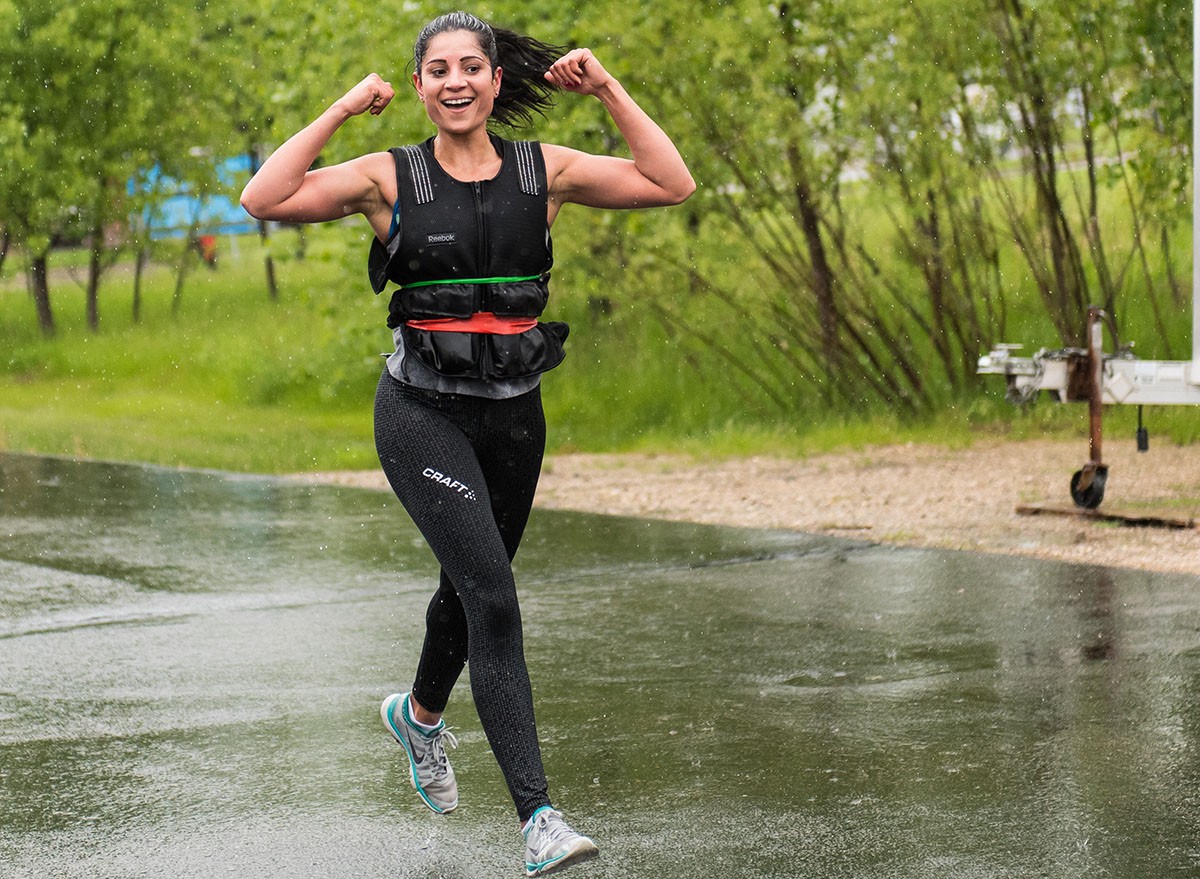
Her trainer's next recommendation is weighted vest movement for 30 minutes a day. "But if it's heavy, take out the weight and build it up. I walk and clean in mine," she says.
Wake Up Earlier

Set your alarm and "get up early and get it done," she advises. "The difference this makes is IMMENSE, your sense of achievement will skyrocket."
LISS
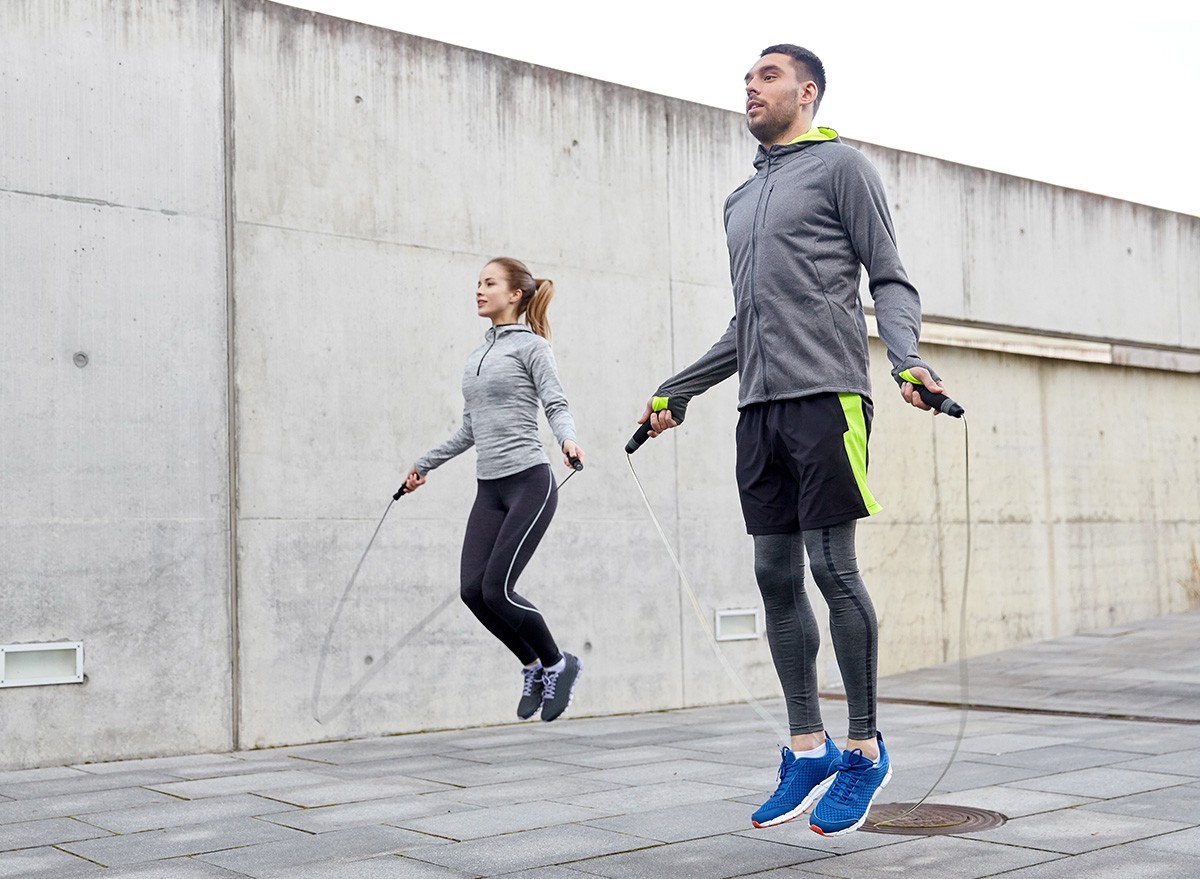
Another exercise recommendation? LISS workouts. "Low intensity steady state activity each and every day, she says. LISS is basically the opposite of HIIT, high intensity interval training. It involves maintaining a consistent, moderate intensity level for an extended period, typically 30-60 minutes.
Protein
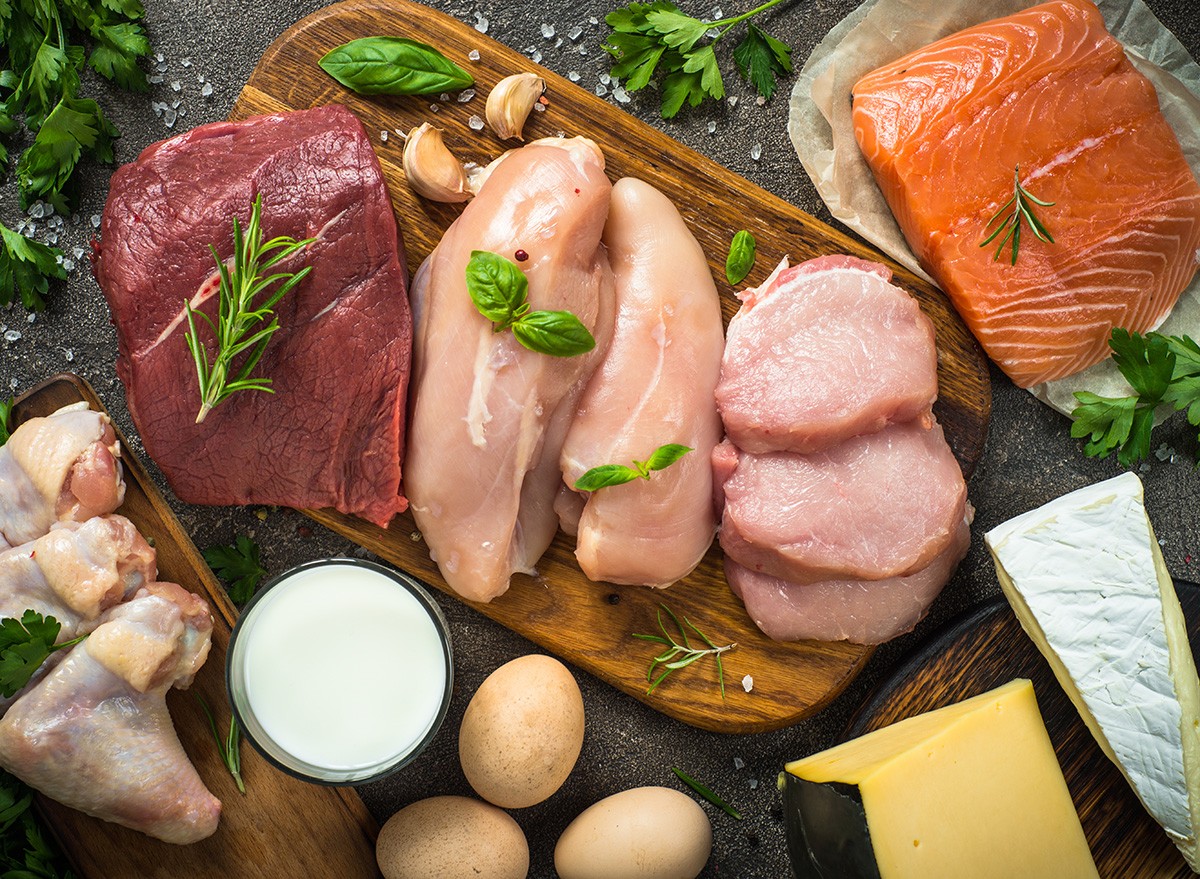
Her trainer also stresses the importance of amping up protein intake, "to increase satiety and promote muscle," she writes. "1g per pound of target weight, no caffeine before protein."
Hydrate with Electrolytes
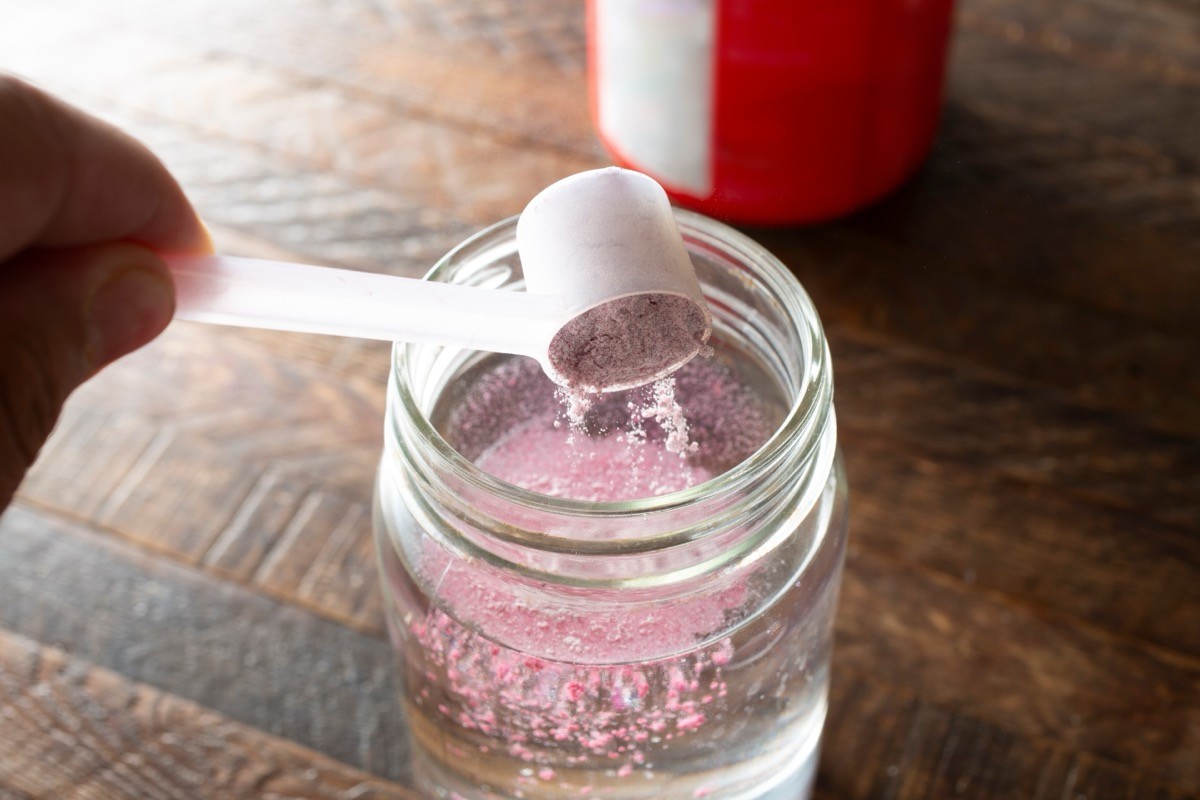
Her trainer also recommends hydrating, but adding electrolytes. "3L water with electrolytes and other supps through the day," she writes.
Strength Training
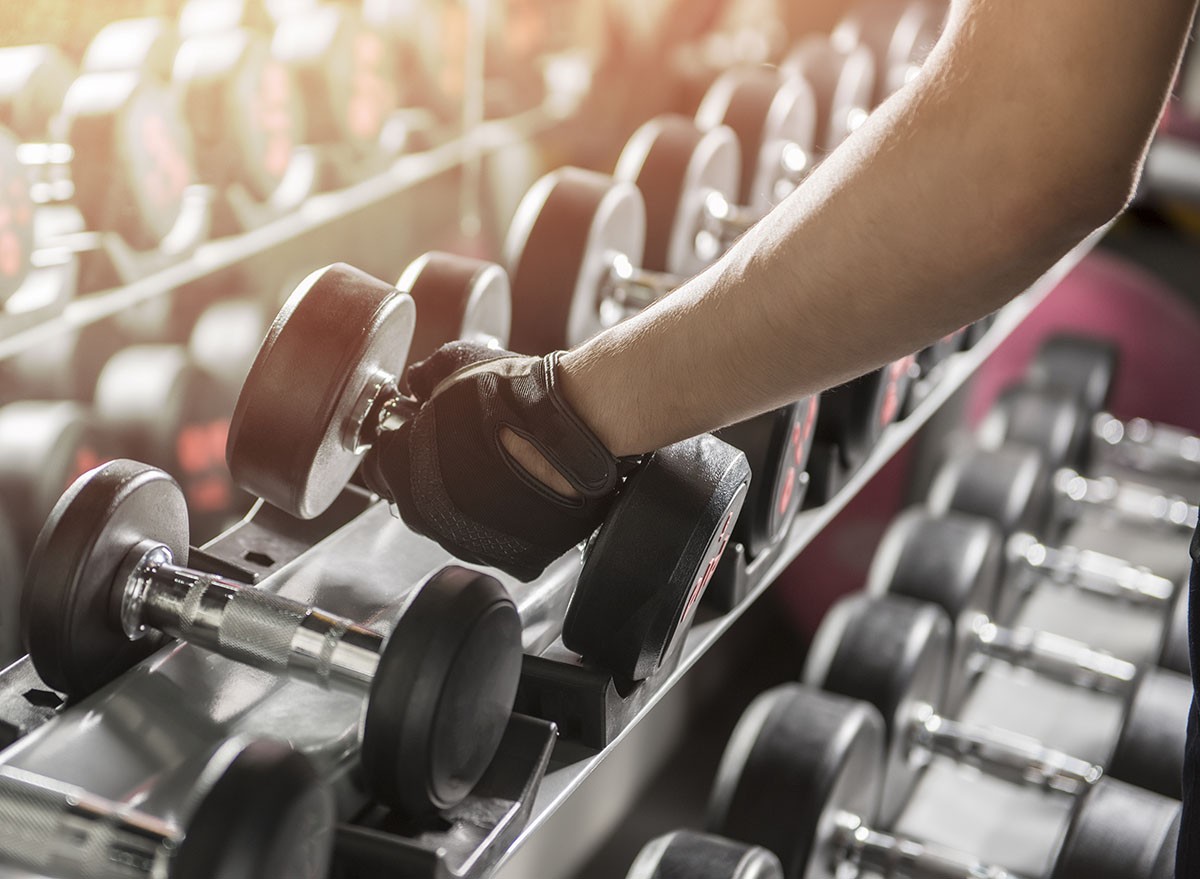
Next, strength training, or "lifting heavy things 3 times a week," she says. "Do the same activities but increase the weights over weeks. You will build muscle FAST."
Stabilizing Blood Sugar

"Counterbalancing blood sugar" is also important. She does this by "no protein before caffeine, greens before meals, ACV, cloak your carbs."
Mindset Matters

Next, "mindset is KEY," she says. "Certain exercises daily after the initial analysis, it makes your success inevitable." And, " how to be unstoppable even when it's hard, how to keep going, who you need around you, who you don't need around you. Bit by bit to get to the big picture rather than overwhelm, just concentrate on the next week, not the next 12 months. It will take time."
No Alcohol
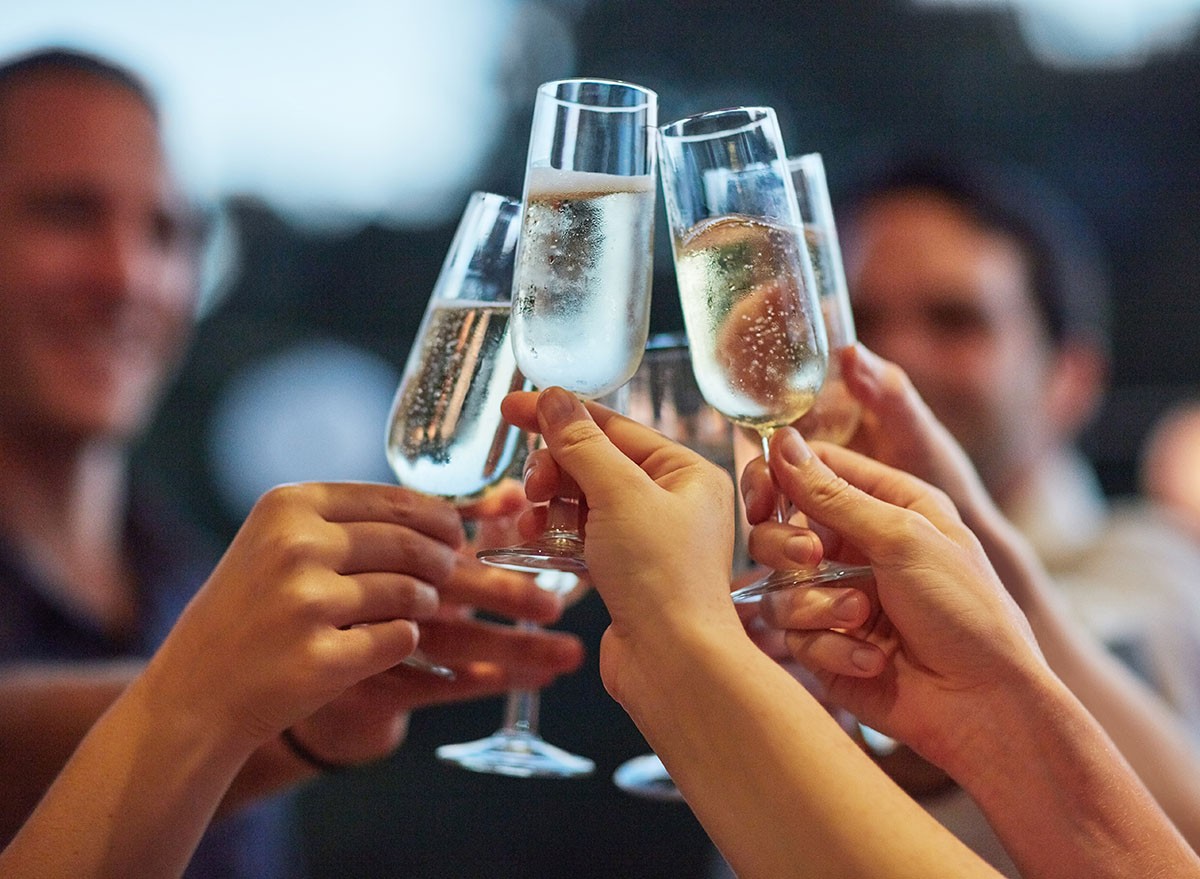
Also, don't drink your calories. Her trainer says, "no alcohol, at all." Not only does drinking add a lot of calories, but you are more likely to engage in unhealthy eating when you are drinking.
Take Supplements

Her trainer also recommends taking supplements "that will keep your energy high. NAD+ is one of my favourites but magnesium, colostrum, creatine and more," she says.
Other Health Tips

Other health tips include understanding your hormones and prioritizing gut health "and how to improve to balance your health and make weight loss easier," she writes. And if you enjoyed this article, don't miss these 8 High-Protein Foods with Nearly Zero Calories That Melt Fat.




